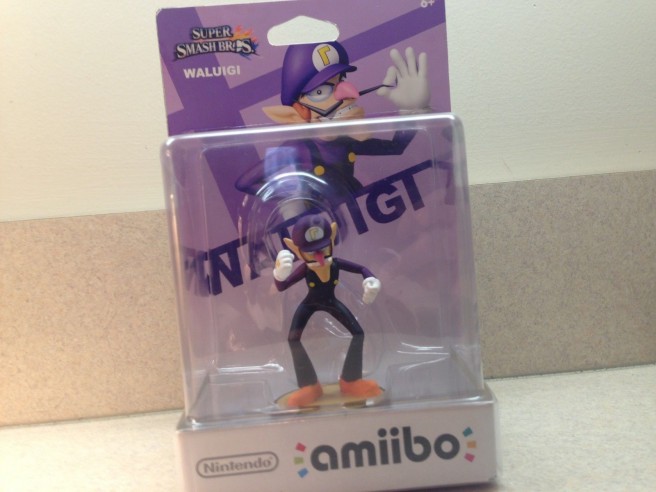Famitsu readers vote on the top news stories of 2014 and more
Posted on 11 years ago by Brian(@NE_Brian) in 3DS, General Nintendo, New Nintendo 3DS, News, Wii U | 5 Comments
Last month, Famitsu conducted a poll on its website about the year 2014. The results were published in the magazine’s most recent issue.
Here’s how readers voted on the most noticeable news of 2014:
1. The announcement of Dragon Quest Heroes for PS4/PS3 (218 votes)
2. New Nintendo 3DS systems will be released on 11th of October (169 votes)
3. PlayStation 4 sells 322,083 systems during first 2 launch days (151 votes)
4. Youkai Watch sells one million copies (136 votes)
5. Atlus Co., Ltd. starts business from first of April [reorganization after SEGA bought the company] (94 votes)
6. Super Smash Bros. will be released during summer for 3DS and the Wii U version during winter (87)
7. The shocking announcement of Monster Hunter 4G (71)
8. The announcement of Project Morpheus for PS4 (60)
9. The formal introduction of Kan Colle Kai for PS Vita (55)
10. Stating “we want to announce a new game” in the live event of SaGa series (52)
11. The announcement of Theatrhythm Dragon Quest
12. Persona 5 launching at the same time for PS4 and PS3
13. Final Fantasy VII arriving on PS4
14. Splatoon, a title with a new style in third-person shooters, arriving on Wii U
15. The announcement of PoPoLoCrois Farm Story
16. The Legend of Legacy, a perfect new RPG, coming from splendid staff
17. The announcement of Pokken
18. Etrian Mystery Dungeon launching 15th of March 2015
19. Pokemon Omega Ruby and Alpha Sapphire launching in November worldwide
20. The announcement of Bloodborne
More: Famitsu
Video: Teens react to Mario Kart 64
Posted on 11 years ago by Brian(@NE_Brian) in General Nintendo, Videos | 4 Comments
More: Mario Kart 64
Video: A new look at the Super Mario 64 fan remake
Posted on 11 years ago by Brian(@NE_Brian) in General Nintendo, Videos | 13 Comments
It’s been awhile since we last posted about the Super Mario 64 fan remake – almost a year! However, the project seems to have progressed quite a bit since then. You can get a look at where the game is at currently in the video above.
More: fan video
Fan makes custom Waluigi amiibo
Posted on 11 years ago by Brian(@NE_Brian) in General Nintendo, News | 6 Comments
ValueError thrown
Path cannot be empty
